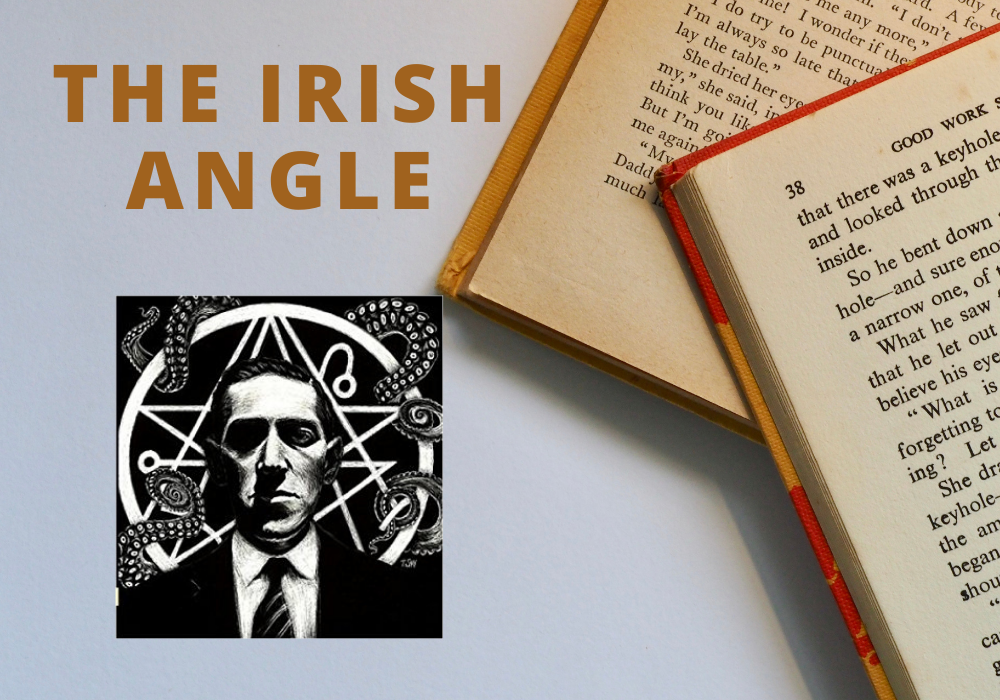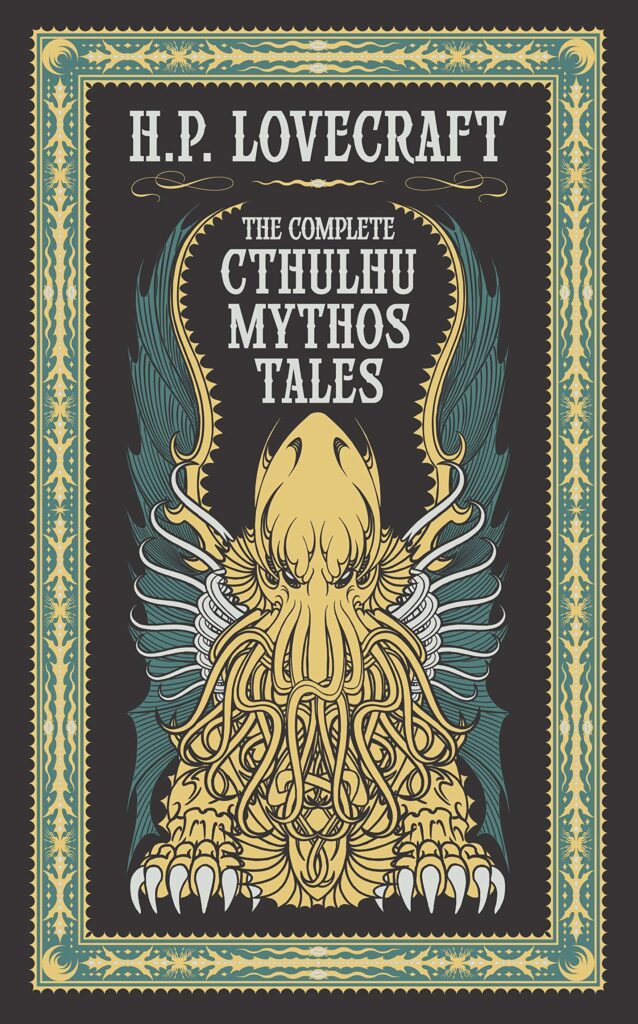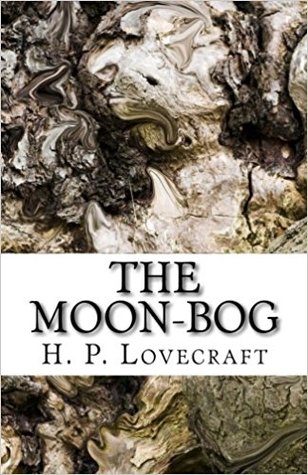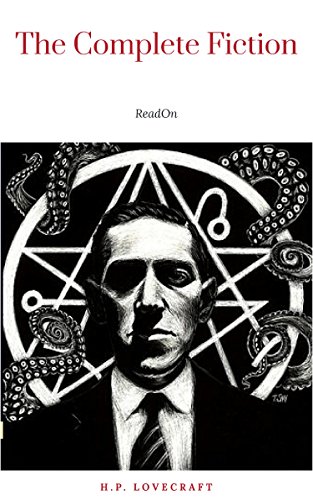
HP Lovecraft descends into the Irish bog

Howard Phillips Lovecraft (1890–1937) was an American writer of weird and horror fiction—best known for his Cthulhu Mythos—who gave his name to a genre. The television series Lovecraft Country has brought interest in his work to a wider public. Lovecraft’s own life experience was limited. He was born in Providence, Rhode Island, and spent almost all of his life in New England. His family had been wealthy but had fallen on hard times. In his weird and disturbing fiction, which he began writing in 1913, humanity is an insignificant part of an uncaring universe. This perhaps reflected his own life, as he was never commercially successful as a writer and died in poverty aged 46, achieving fame only after his death. Today, he is regarded as one of the most significant twentieth-century authors of supernatural fiction. His writings are the basis of the Cthulhu Mythos, which has inspired imitators, games, music and other media, drawing on Lovecraft’s characters, settings and themes and constituting a genre known as Lovecraftian horror.
Race is the most controversial aspect of Lovecraft’s legacy. An Anglophile all his life, he expressed disdain and horror at non-Anglo-Saxon races, even if they were white-skinned. High among the subjects of his opprobrium were black people, German immigrants and Irish Catholics. The latter do not feature much in Lovecraft’s writing but where they do, they are usually portrayed in negative terms. He was hostile to the idea of Irish independence, commenting, ‘If the Irish had the “right” to independence they would possess it. If they ever gain it, they will possess it – until they lose it again. England has the right to rule because she does … It is not chance, but racial superiority, which has made the Briton supreme.’ His only story set in Ireland, ‘The Moon-Bog’, was written in 1921 at the time of the Irish War of Independence.
In the story, an unnamed American narrator describes the final days of his good friend, Denys Barry, an Irish-American who reclaims his ancestral estate in Kilderry, a fictional village in County Meath. Barry ignores pleas from the superstitious local peasantry not to drain the nearby bog, for which he has grand plans. They believe that beneath the bog is a stone city guarded by an ancient spirit that has remained undisturbed for thousands of years. Barry carries on regardless and drafts in labourers to drain the bog. After three nights of disturbed sleep, the narrator wakes to see the ruins of buildings on the bog pulsating with red light. In its glow the labourers dance with ghostly beings into the bog before slipping beneath its waters. Barry himself also comes to a bad end.

In the story the ordinary Irish people are portrayed as superstitious and primitive. Yet, for someone who so despised the Irish, Lovecraft seems well informed about Irish mythology. He references the Book of Invasions, an old text chronicling waves of tribes settling in Ireland. The Partholonians, one of these tribes, underlie ‘The Moon-Bog’. The Book of Invasions says that a plague wiped them out around 1200 BC. Lovecraft mentions the common belief that the Partholonians had originally come from Greece.
‘The Moon-Bog’ was written to order, to be read as an after-supper ‘shocker’ at Boston’s Hub Club, a gathering of amateur journalists, on 10 March 1921. Being so close to St Patrick’s Day, the dinner had an Irish theme. Given that Boston is a very Irish-American city, Lovecraft might be seen as daring in presenting this derogatory portrayal of the Irish. His relationship to the story and its protagonists may be more complex, however. Like Denys Barry, Lovecraft dreamed of buying back his ancestors’ home in England, and reclaiming their place among the landed gentry. Also, in 1919, two years before ‘The Moon-Bog’ was written, Lovecraft’s favourite boyhood haunt, Cat Swamp, was purchased by the city authorities, then drained and 200 new houses were built on the site.

Elsewhere Lovecraft presented other disparaging images of the Irish. At the conclusion of ‘The Rats in the Walls’ (1923), another story with a similar theme to ‘The Moon-Bog’, Lovecraft illustrates the intellectual and moral collapse of the character Delapore by having him begin to speak in a form Irish. ‘Dia ad aghaidh’s ad aodann … agus bas dunach ort! Dhonas’s dholas ort, agus leat-sa.’ Again, one is impressed by Lovecraft’s knowledge of things Irish.
Like John Buchan and Arthur Conan Doyle, while Lovecraft can be viewed as simply being anti-Irish, the picture is more complex than that. There is an admirable Irishman in his story, ‘The Horror at Red Hook’, for example. As a writer of fantasy, Lovecraft was greatly influenced by Lord Dunsany, who hailed from County Meath, where ‘The Moon-Bog’ is set. Like Buchan and Conan Doyle, Lovecraft distinguished the ‘decent’ Irish from the degenerate. Dunsany, being of Norman descent, was a cut above the common Irish, who were of Celtic descent. In ‘The Horror at Red Hook’, Lovecraft speaks of the ‘Celt’s far vision of weird and hidden things’. Ultimately, however, there is no escaping Lovecraft’s racism and his division of the human races into a hierarchy in which the Irish, as Celts, ranked low.
***
Tony Canavan
Consultant Editor, Books Ireland












